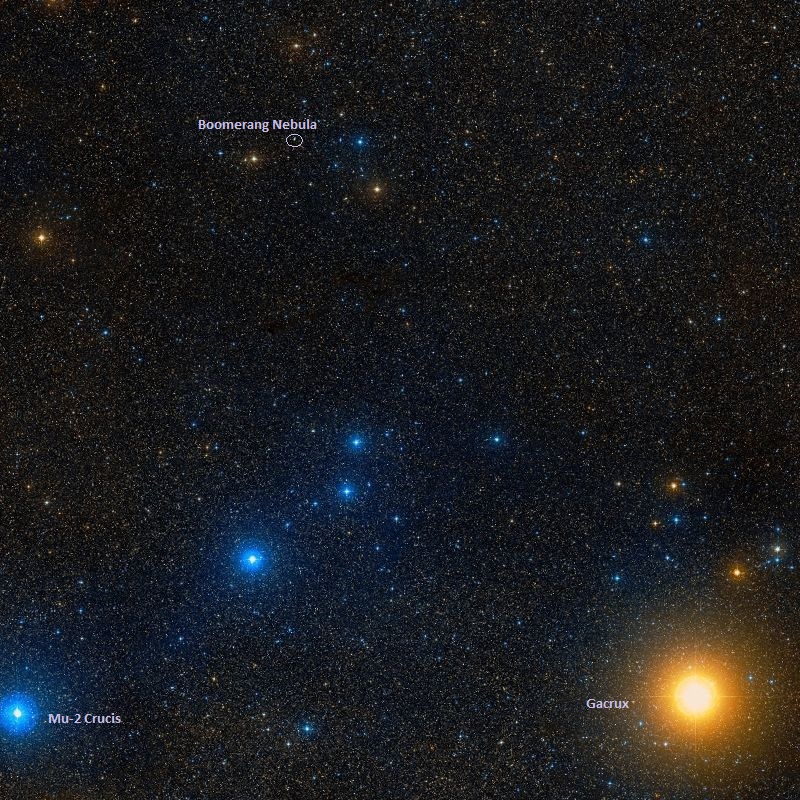
When observing the Boomerang, we actually view the first stages of a planetary nebula.

It’s a location that, amazingly enough, manages to be chillier than space a thermometer would read less than the 2.73 K temperature of the CMB. That’s Wolfgang Ketterle’s lab at MIT.Īs for the coldest natural place in the universe, scientists have found that, too. The coldest artificial place in the known universe actually has an address: 77 Massachusetts Avenue, Building 26-243, Cambridge, Massachusetts. Earthly laboratories using clever processes have actually attained this sort of perfect cold (to within a billionth of a degree). To achieve absolute cold, you would have to not merely isolate yourself from this all-pervasive cosmic microwave background (CMB) radiation, but also find a way to suck out every bit of remaining atomic motion. This means some morsel of warmth remains absolutely everywhere. Since the 1960s, we've known that a 5° temperature (Fahrenheit) bathes the universe, the leftover heat from the Big Bang, usually expressed as 2.73 K. We’re excited to announce Astronomy magazine’s new Space and Beyond subscription box - a quarterly adventure, curated with an astronomy-themed collection in every box. This happens at –459.67° Fahrenheit (–273.15° Celsius), or 0 kelvin, by definition.īringing the universe to your door. Because heat is simply the movement of atoms, the coldest anything can be is when all such motion has stopped. Not so long ago, space itself was thought to register absolute zero, the temperature at which all atomic jiggling terminates, except for some quantum effects. Of course, we happily live on one such planet, the only example of true moderation in the entire known universe. Places that could be considered comfortable - neither hot nor cold - are so rare as to be essentially nonexistent. Twitter: /NSF and twitter.The universe is a vast icebox punctuated by far-flung islands of unbearable heat. participation in international scientific efforts. Those awards include support for cooperative research with industry, Arctic and Antarctic research and operations, and U.S. Each year, NSF receives more than 40,000 competitive proposals and makes about 11,000 new awards. With a fiscal year 2022 budget of $8.8 billion, NSF funds reach all 50 states through grants to nearly 2,000 colleges, universities and institutions. as a global leader in research and innovation.

NSF supports research and people by providing facilities, instruments and funding to support their ingenuity and sustain the U.S. National Science Foundation propels the nation forward by advancing fundamental research in all fields of science and engineering. Source National Radio Astronomy Observatory The answer, according to astronomers using the Atacama Large Millimeter/submillimeter Array (ALMA), may be that a small companion star has plunged into the heart of the red giant. How was this star able to create an environment strikingly colder than the natural background temperature of deep space? This mystery has persisted for more than two decades. Telephone numbers or other contact information mayīe out of date please see current contact information at mediaĪn ancient, red giant star in the throes of a frigid death has produced the coldest known object in the cosmos-the Boomerang Nebula. This material is available primarily for archival Office of Small and Disadvantaged Business Utilization (OSDBU).National Center for Science and Engineering Statistics (NCSES).Award Statistics (Budget Internet Info System).Proposal and Award Policies and Procedures Guide (PAPPG).Responsible and Ethical Conduct of Research.Technology, Innovation and Partnerships (TIP).Social, Behavioral and Economic Sciences (SBE).



 0 kommentar(er)
0 kommentar(er)
